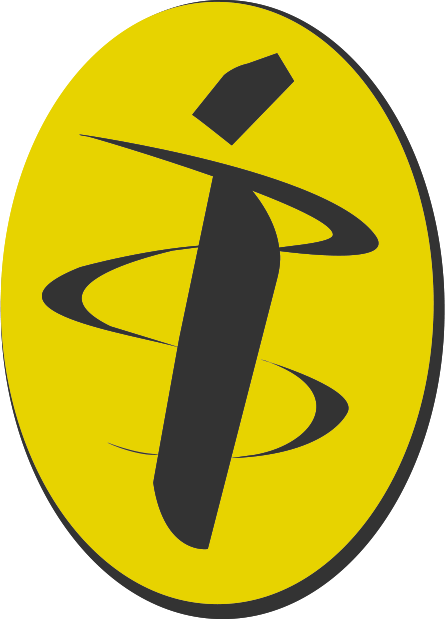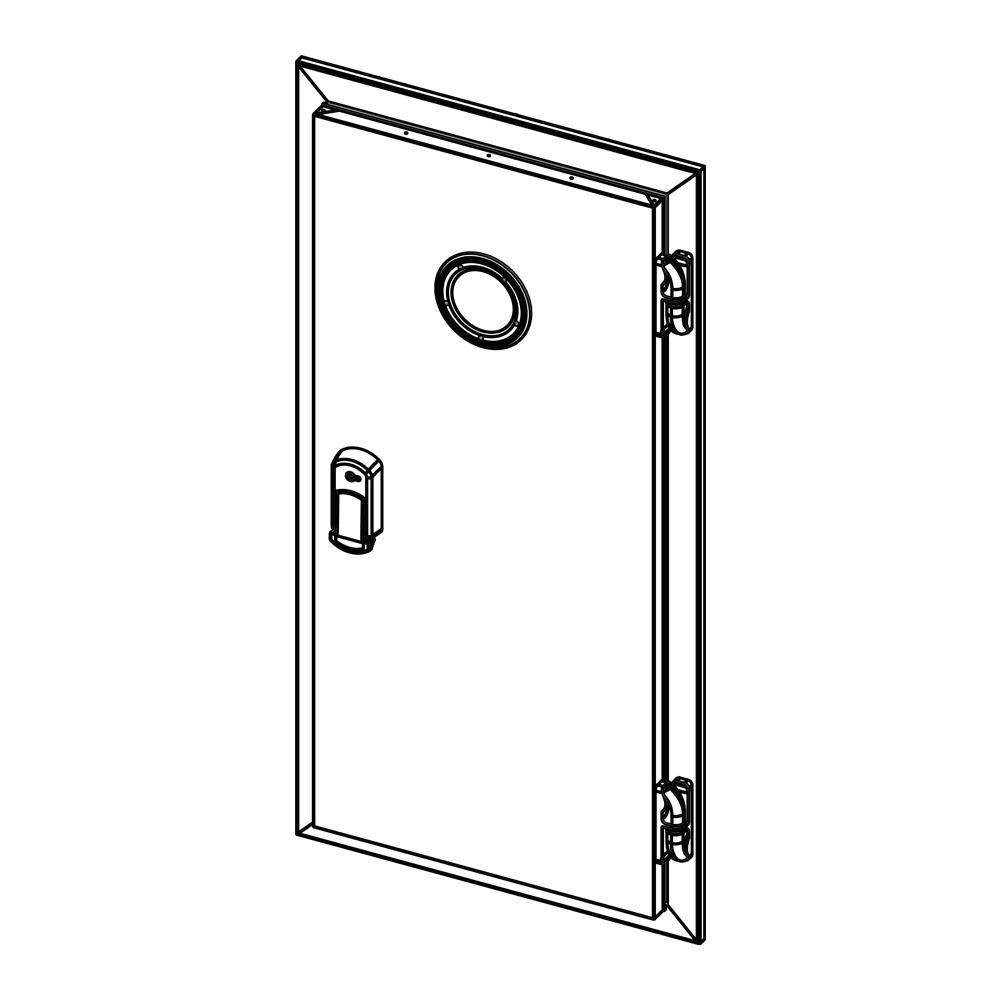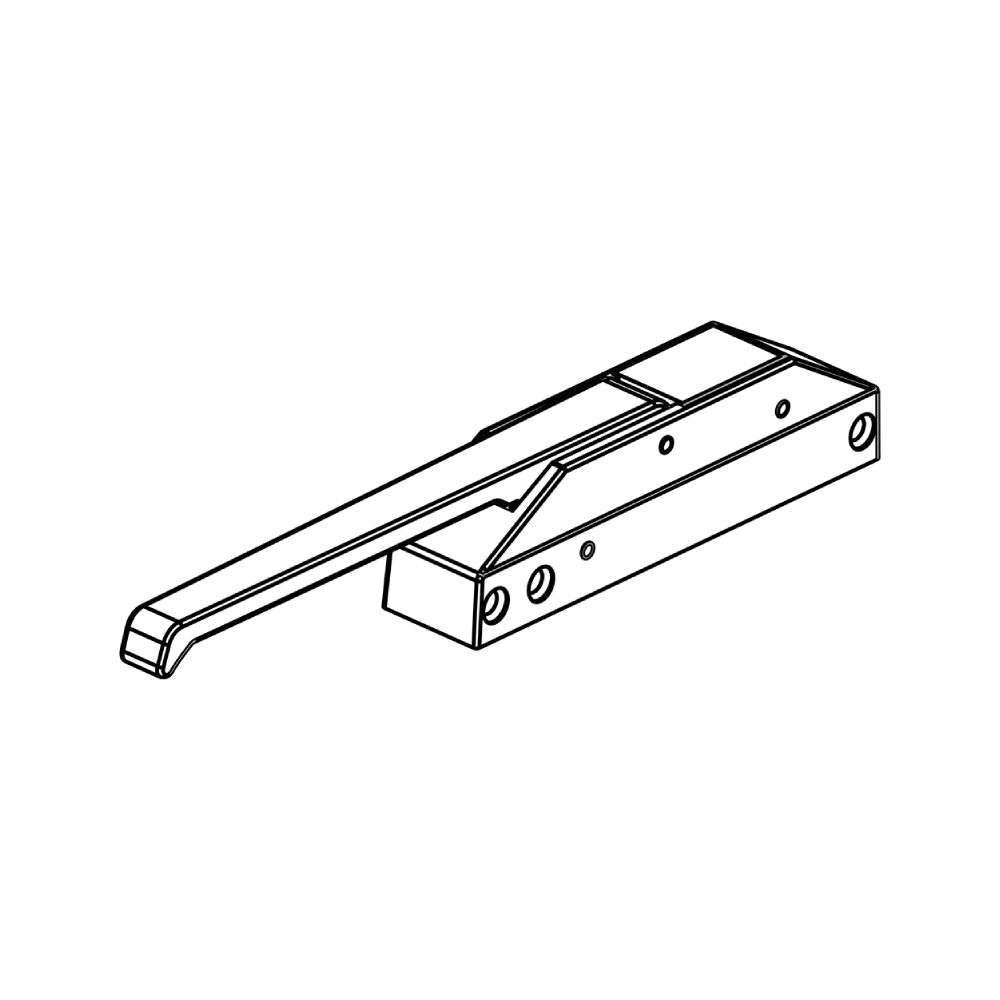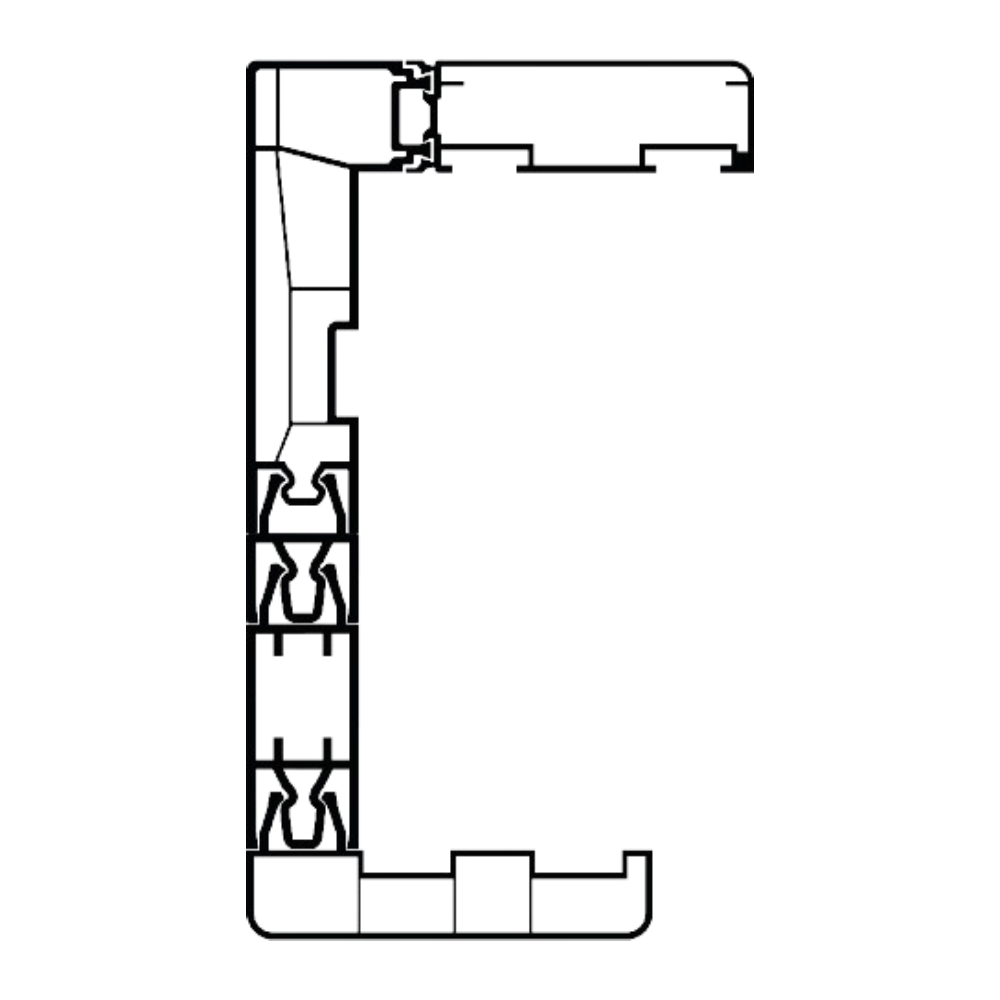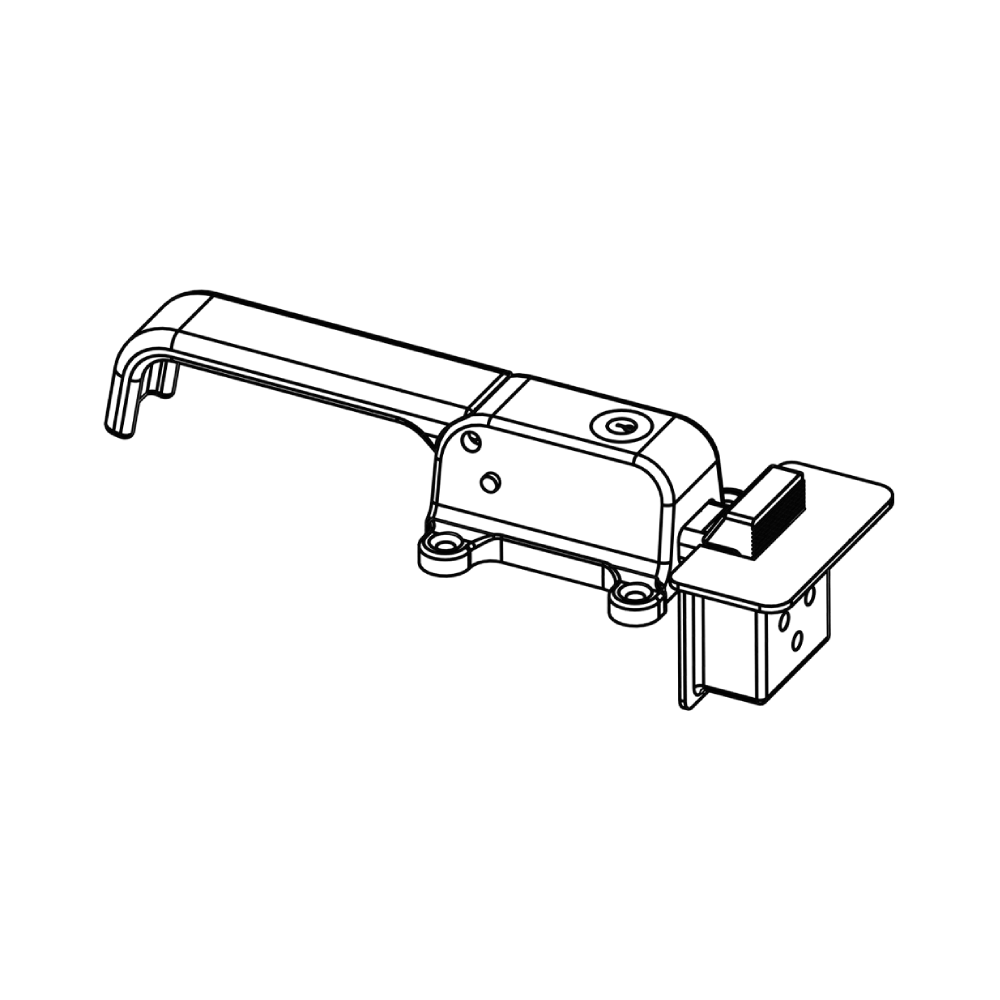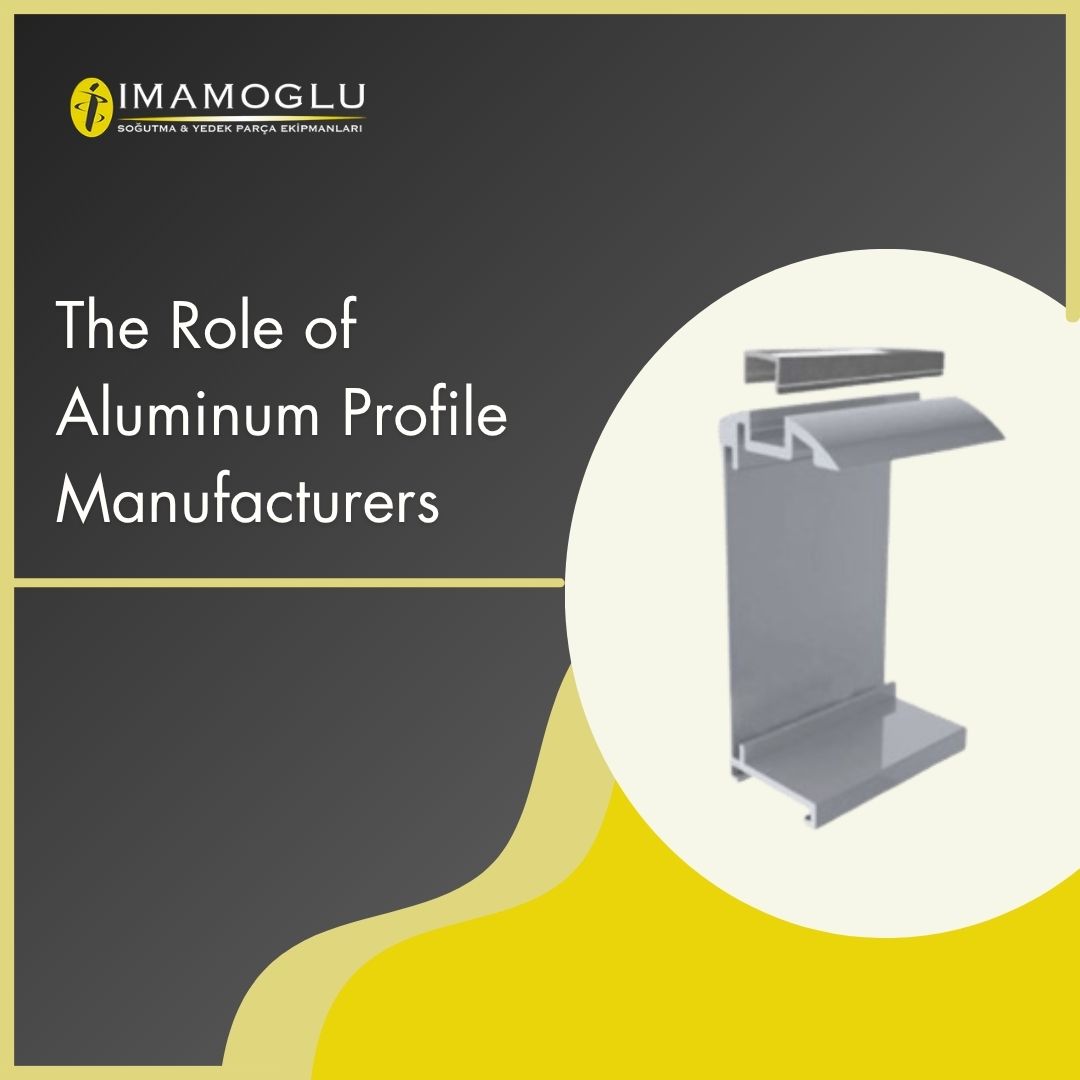The Role of Aluminum Profile Manufacturers
The Role of Aluminum Profile Manufacturers
Aluminum profile manufacturers play a vital role in various industries such as construction, automotive, aerospace, and consumer goods. They produce customized aluminum profiles that offer lightweight, durable, and corrosion-resistant solutions. The demand for aluminum profiles continues to grow due to their versatility and eco-friendly nature, making manufacturers key players in modern industry.
Aluminum Profile Product Types and Features
Aluminum profiles are produced in a wide range to meet different application needs. Here are the most common aluminum profile types and their features:
Standard Profiles: These profiles are typically produced in basic shapes used in industrial applications. Examples include U-profiles, T-profiles, L-profiles, and tube profiles. Their lightweight and durable structures provide a wide range of uses.
Custom-Designed Profiles: Designed specifically to meet customer needs, these profiles are manufactured to fulfill the requirements of a particular project. For example, profiles with aerodynamic structures for the automotive sector or structural support profiles for construction projects.
Architectural Profiles: Used in projects requiring aesthetic appeal and durability, these profiles are preferred for window frames, door systems, and facade designs. They are offered with anodized or powder-coated surfaces.
Thermal Insulated Profiles: Designed specifically to meet energy efficiency requirements, these profiles are used to reduce heat loss in buildings. The thermal barriers within them provide superior insulation.
High-Strength Profiles: Designed for situations requiring the carrying or supporting of heavy loads. These profiles are used in engineering projects that demand durability and long lifespan.
Decorative Profiles: Used in interior designs, furniture, and display cases to provide an aesthetic appearance, these profiles stand out with a wide range of colors and surface options.
Electrical and Electronic Profiles: Specially designed for cable ducts, electronic device enclosures, and lighting systems, these profiles offer both functional and protective features.
Automotive and Transportation Profiles: Used in vehicle chassis, engine parts, and train wagons, these profiles enhance energy efficiency due to their lightweight nature.
Technological Advancements in Aluminum Profile Manufacturing
Modern aluminum profile manufacturers use advanced technologies such as extrusion presses, automated cutting machines, and precision molding systems to produce high-quality profiles. These technologies ensure production with tight tolerances and consistent quality. Additionally, eco-friendly production methods that reduce energy consumption and waste are being adopted.
Thanks to the integration of smart manufacturing systems, aluminum profile factories can now offer customized solutions tailored to customer needs. CAD/CAM systems provide precise design and prototyping, ensuring the final product meets the required specifications. Furthermore, 3D printing and additive manufacturing technologies accelerate prototyping processes and encourage innovations in profile design.
Automation not only boosts efficiency but also enhances precision in aluminum profile production. Advanced robotic arms and laser-guided systems ensure that every profile meets the exact dimensions requested by the customer. Manufacturers use real-time monitoring systems to quickly detect and correct errors, reducing waste and improving product quality.
Production Processes
Aluminum profile production consists of a series of carefully controlled steps. These processes are managed with quality and efficiency from raw material input to the shipment of the final product. Here are the main stages of a typical production process:
Raw Material Processing: Aluminum ingots are melted and turned into casting blocks to be suitable for the pressing process. These blocks are then heated to prepare for extrusion.
Extrusion: Using extrusion presses, aluminum blocks are passed through dies under high pressure. This process allows the profiles to take on their desired shape. Each die represents a customized design tailored to customer needs.
Heat Treatment: After extrusion, aluminum profiles undergo heat treatment to enhance their durability. This process improves the material’s mechanical properties and ensures a longer lifespan.
Cutting and Processing: Profiles are cut to lengths specified by the customer. Additional processes such as drilling, milling, and surface treatment may also be applied.
Surface Coating: Profiles are typically subjected to surface coating processes like anodizing or powder coating. These processes increase the profiles’ resistance to corrosion and provide an aesthetic appearance.
Quality Control: At every stage of the production process, rigorous quality control tests are conducted to ensure that features such as dimensions, durability, and surface quality meet standards.
Application Areas of Aluminum Profiles
Aluminum profiles are widely used across many industries. In the construction sector, they are indispensable for applications such as window frames, doors, curtain walls, and structural components due to their lightweight and strength. The automotive industry uses aluminum profiles in chassis, engines, and vehicle bodies to improve fuel efficiency and reduce weight.
In the aerospace sector, aluminum profiles are a critical component in aircraft manufacturing, offering an excellent weight-to-strength ratio. Similarly, in consumer goods, these profiles are used in furniture, kitchen appliances, and electronics, where aesthetics and functionality are equally important.
In renewable energy projects, aluminum profiles play a vital role in solar panel frames and wind turbine components. The lightweight nature of aluminum makes it ideal for applications where weight is a critical factor. Additionally, its corrosion resistance ensures long-term use even in harsh environmental conditions like coastal areas.
Furthermore, aluminum profiles used in transportation infrastructure, such as bridges, railway lines, and maritime transport, are widely utilized. These profiles form the backbone of modern infrastructure with their durability and long-lasting performance.
Sustainability and Aluminum Recycling
One of aluminum’s most significant advantages is its recyclability. Aluminum profile manufacturers focus on sustainable practices by incorporating recycled materials into their production processes. Recycled aluminum requires only 5% of the energy needed for primary aluminum production, making it an eco-friendly option.
Many manufacturers invest in renewable energy sources and energy-efficient production techniques to reduce their carbon footprint. This commitment to sustainability not only aligns with global environmental goals but also enhances manufacturers’ reputation among environmentally conscious consumers.
Using recycled aluminum in production conserves natural resources and reduces greenhouse gas emissions. Manufacturers implement closed-loop recycling systems, allowing aluminum waste generated during production to be remelted and reused. This approach supports circular economy principles, creating a sustainable production cycle.

